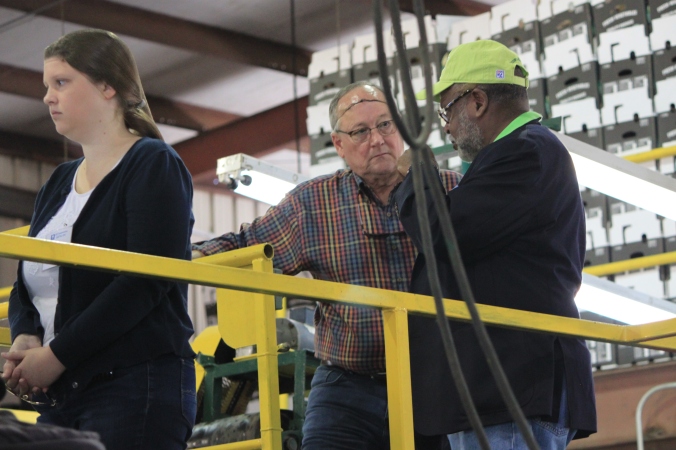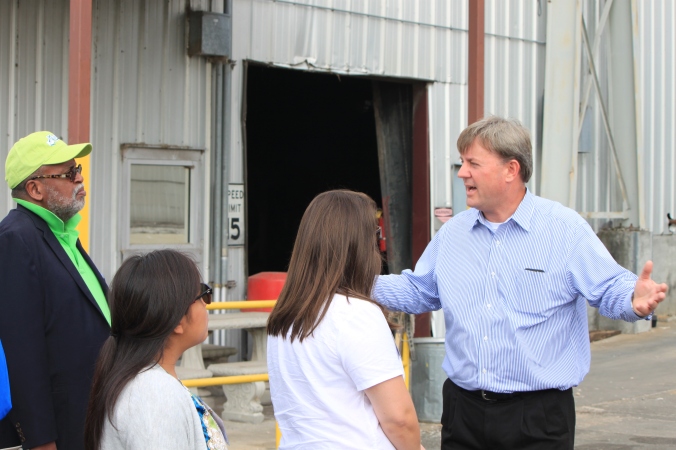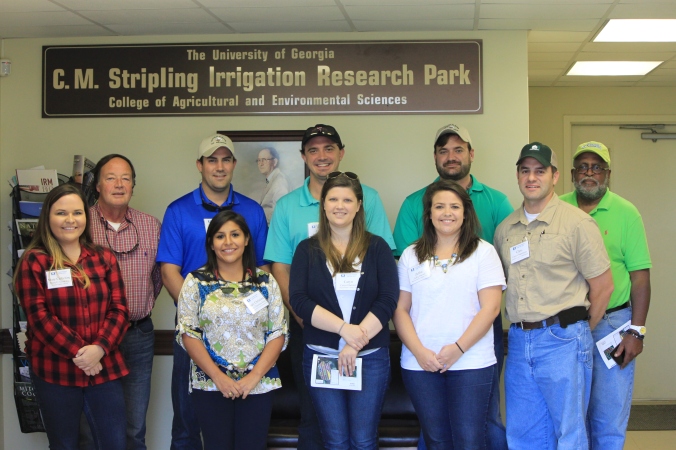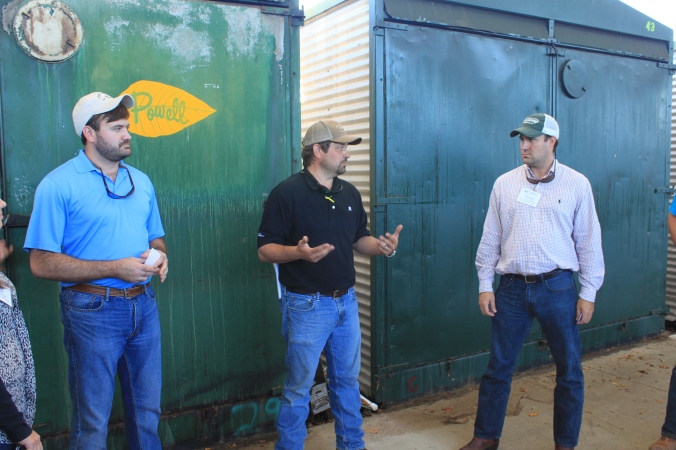By now you’ve probably read in the ag news media or talked with some other farmers about the potential for a cottonseed PLC/ARC program. If you haven’t heard about this, click here to read a quick story from GFB about it.
Hopefully everyone is familiar with the way the PLC and ARC programs work per the 2014 Farm Bill. If not, here is a quick refresher. Since there are no details yet on how a cottonseed program would work, let’s use peanuts as an example of how the PLC and ARC program calculations are done.
PLC (Price Loss Coverage) is very similar to the old Counter-Cyclical Program from the 2002 and 2008 Farm Bills. Replace “target” price from the old program with the new “reference” price and you basically have the same program. PLC payments are triggered when the marketing year average (MYA) price for a commodity falls below the reference price. For peanuts the reference price is $535 per ton. Let’s assume the MYA for 2015 will be $400 per ton. The PLC payment rate is the reference price minus the MYA, but if the MYA price falls below the loan rate ($355 for peanuts) then the loan rate is used to calculate the maximum PLC. To find the PLC payment you multiply the PLC rate times 85% of base acres times your PLC yield per acre. Assuming a 1.5 ton PLC yield, then the calculation is as follows:
PLC Rate = $535-$400 = $135;
PLC Payment = $135 x 85% x 1.5 tons/acre = $172.13 per acre
ARC (Agriculture Risk Coverage) is a little more complicated and can be referred to as a “shallow loss” program since it covers a 10% revenue band from 86% down to 76% of expected revenue. ARC is also different in that it is an area program, with the area being defined as a single county. Therefore payments may be triggered on your farm even though you had a good year, and vice-versa. The ARC benchmark revenue is calculated as your county’s 5 year olympic average yield (drop highest and lowest) multiplied by the the 5 year MYA price. The “ARC guarantee” is 86% of benchmark revenue. The ARC payment rate is calculated as the ARC guarantee minus the actual county revenue (MYA price x county yield). The ARC payment rate is capped at 10% (86%-76% band) of benchmark revenue. The ARC payment is the ARC payment rate times 85% of base acres. Using the same peanut data from above, an ARC payment would be as follows (with the 5 year county yield and the actual county yield being 1.5 tons):
Benchmark Revenue = $535 x 1.5 tons/acre = $802.50 per acre
ARC Guarantee = $802.50 x 86% = $690.15 per acre
ARC Max Payment Rate = $802.50 x 10% = $80.25 per acre
Actual Revenue = $400 x 1.5 tons = $600 per acre
ARC Payment Rate = Benchmark Rev – Actual Rev = $802.50 – $600 = $202.50
Since $202.50 > $80.25 (max pmt rate), the $80.25 per acre is the ARC payment rate.
ARC Payment = ARC Pmt Rate x 85% base = $80.25 x 85% base = $68.21 per acre
Again, these are made up yield and MYA prices. The above numbers are meant to just show how the PLC and ARC programs work.








